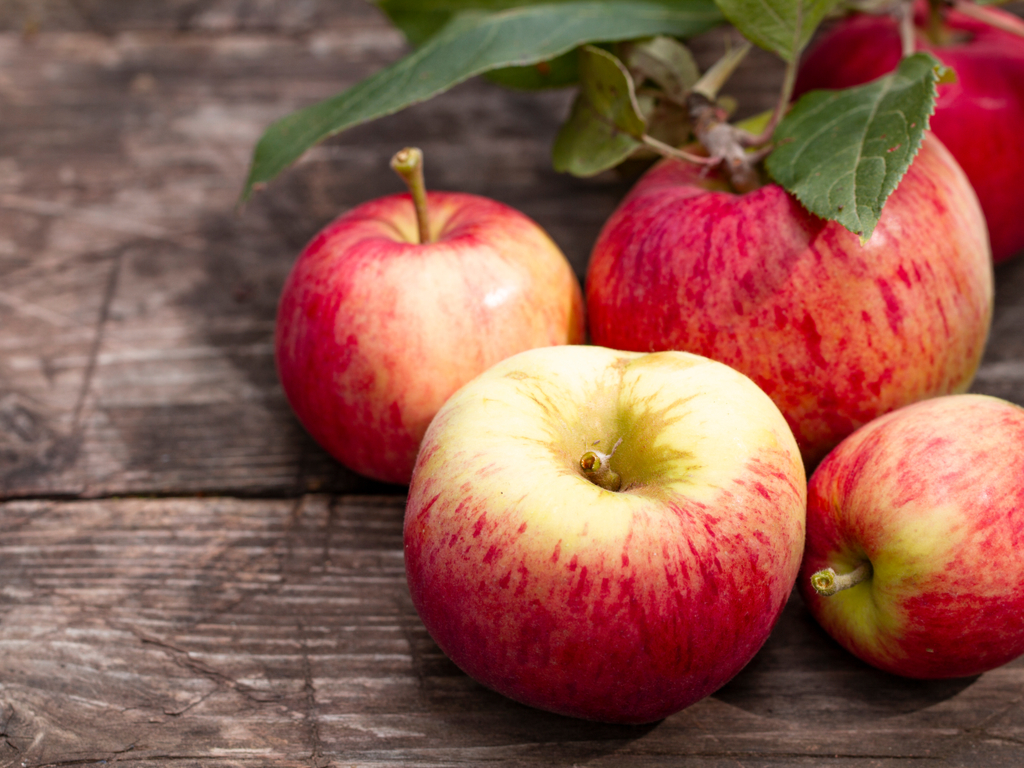
Types of Grasses
The benefits to winterizing your lawn vary depending on the type of turf you have, as well as the winter climate in your local area. Make sure you know whether you have cool-season or warm-season turf grass, before planning your winterization. These types of turf are identified as follows:- Cool-season turf experiences strong growth in fall, in preparation for winter. As the weather grows colder, cool-season varieties slow their growth. The growth then speeds up again when warmer weather arrives. This type of grass must be fertilized in October or November.
- Warm-season grasses in an area with cold winters does not need to be fertilized after August has ended, as this causes new growth that is easily damaged by frost. In a warmer area, you can fertilize these grasses in fall.
Nutrients for Roots
Fertilization at the correct time is key to effectively winterizing your lawn. For warm-season grasses in a mild climate, slow release winter fertilizer helps growth continue throughout the winter, preventing the spread of weeds while the grass is dormant. For cool-season grasses in cold weather, fertilizing the lawn before the cold hits can result in a large amount of growth in the spring. This is because the grass slows its growth as the weather cools, bringing its nutrients into the roots and storing them there. By adding fertilizer, you are helping this process along, and ensuring even better spring growth. Related article: Low-Cost Options for Weatherproofing Your Home This Winter Providing additional nutrients at the time they are needed improves the appearance of your lawn, as it is more likely to keep its color later into fall. You can also improve the hardiness of your turf through this process. Make sure to find a fertilizer suitable for winter use. Many winter fertilizers advertise added phosphorus and potassium, but this is not necessarily required unless your soil is lacking in these nutrients. It is recommended you test your soil before buying your fertilizer to ensure you are providing all the nutrients required and keeping the PH balance in check.New Grass
Adding new grass seed is a helpful step in the winterization process. This means the seeds are ready to germinate in the spring as the rest of the turf begins its new year’s growth. Make sure to choose a suitable seed and use a spreader to ensure it sprouts evenly across the lawn. If you have a warm-season grass that is going to be dormant and colorless over the winter, overseed with a fast-growing ryegrass variety. This provides some growth over the winter and falls back when the hot weather arrives, allowing the underlying turf to re-emerge.Aerating
When preparing your lawn for winter, one of the most important steps is aeration. The ground becomes hard during the cold weather, which prevents nutrients and water from reaching the grass roots. If your lawn was used frequently during the summer, the ground may have been compacted even further as it was walked on. Proper aeration ensures the grass has space to receive what it needs, and looser earth in which to grow. Aeration can be done manually, using a tool or shoe attachments. If you prefer, you can rent a machine for lawn aeration.Weed Growth
Winterizing your lawn prevents the growth of weeds. Apply a winter-appropriate herbicide while treating your lawn, and pull weeds before the ground becomes hard. Seeding new turf at the start of winter helps with this as well. Encouraging the growth of your lawn early in the spring is effective in combating weeds because since thicker turf reduces the space in which weeds might grow.Water Systems
When tending to your lawn, take the opportunity to care for the lawn’s water systems as well. Unless you live in a warm climate, you are unlikely to need these systems during the winter, and this is a good time to perform checks and maintenance as necessary. If you do live in an area with mild winters, ensure the system is only set to water the lawn once or twice a week. Related article: Seasonal Home Maintenance Considerations It is advisable to flush the water from the systems when they are not in use. This is particularly important if you live in an area with harsh winters. Any water left in the systems may freeze and cause costly damages that you must repair in the springtime.Mowing and Raking
Another key part of preparing your lawn for winter is mowing it properly before the cold weather arrives. Make sure you know the optimum height for your turf during the winter months. The grass clippings left behind on the lawn provides additional fertilization. Mowing is important if you expect to have snow during the winter. Longer grass becomes matted under snow which causes extensive damage to the lawn. Meanwhile, keeping the turf trimmed ensures a healthy lawn in the spring. If you have fallen leaves on your lawn, be sure to rake them up. Like long grass, they cover the lawn and damage it over the course of the winter. If your mower has a mulching function, use this instead of simply raking the leaves and throwing them out. Like grass clippings, this mulch can benefit the growth of the lawn. Related article: Gardening 101: How to Start a Vegetable GardenBy Admin –



